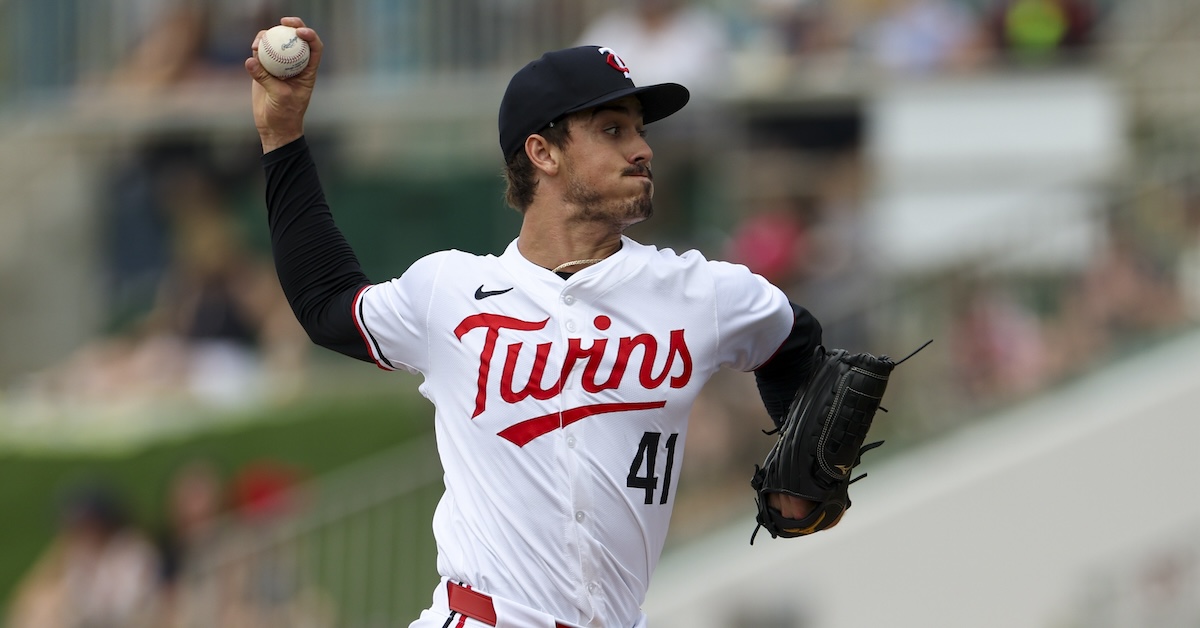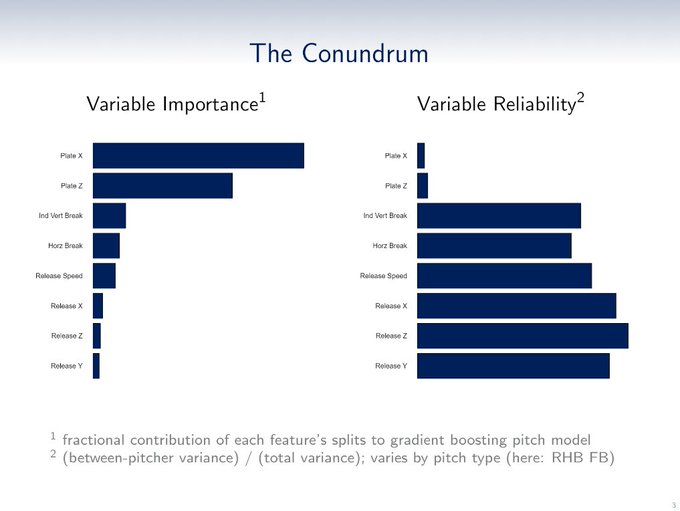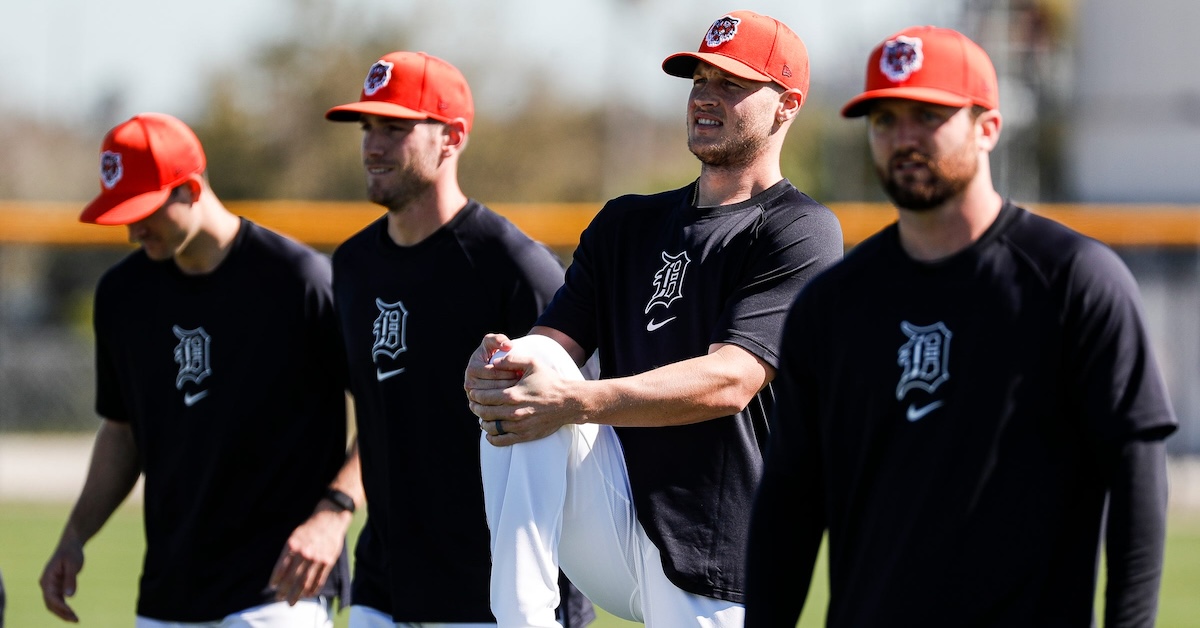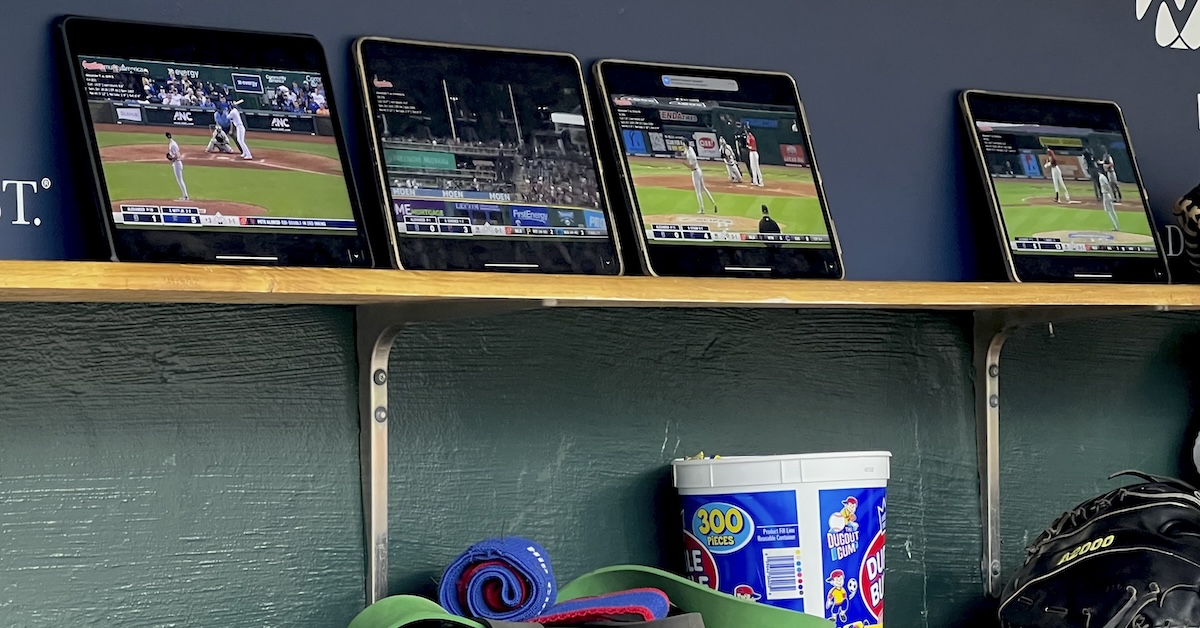Noelvi Marte’s PED Suspension Simplifies Reds’ Infield Picture
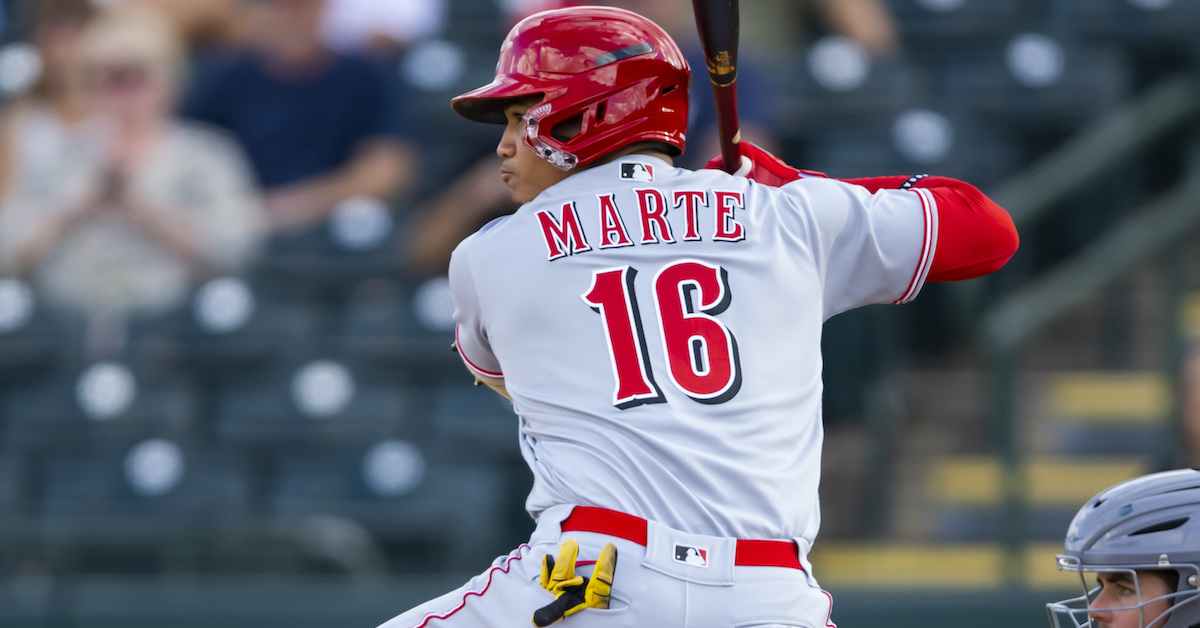
With the Reds’ roster overflowing with talented young infielders, it appeared that manager David Bell would have the pleasant challenge each day of figuring out how to fit as many of them into the lineup as possible. That task, though, just got a bit easier — at least for the first half of the season. On Friday, the team announced that Major League Baseball has suspended Noelvi Marte for the first 80 games of the regular season following a positive test for a performance-enhancing drug.
The 22-year-old Marte made his major league debut on August 19, just over a year after he was acquired from the Mariners in the Luis Castillo blockbuster. After playing exclusively at shortstop from 2019–22, last year he split his time between short and third base at Double-A Chattanooga, played third exclusively at Triple-A Louisville, and then made 29 of his 34 appearances for the Reds at the hot corner, including 26 starts. In all he hit .279/.358/.454 (110 wRC+) with 11 homers and 18 steals in 92 minor league games and then a sizzling .316/.366/.456 (120 wRC+) with three homers and six steals in 35 games for the Reds.
Because he finished with just 114 at-bats and 44 days on the active roster, Marte is still considered a rookie. He placed 41st on this year’s Top 100 Prospects list (up from 94th in 2023), good for no. 1 in the Reds’ system. He’s a well-rounded player who projects as an everyday third baseman, with a shot to be more impactful if he can tap into his 60-grade raw power with greater frequency.
Alas, it will be a few months before he gets a chance to do so. Marte tested positive for boldenone, an anabolic steroid that’s illegal under the game’s Joint Drug Prevention and Treatment program. While he can still participate in spring training, his 80-game suspension takes effect at the start of the regular season. During his suspension, he can work out at the Reds’ complex in Goodyear, Arizona for extended spring training, and will be eligible to return to the majors on June 21, before which he can go on a minor league rehab assignment. If the Reds reach the postseason, something they’ve done just once (2020) over the past 10 seasons, Marte would not be eligible to participate.
PED suspensions have become increasingly uncommon at the major league level in recent seasons, which isn’t to say that the drugs’ usage has been entirely eradicated. Last year, just one major leaguer tested positive and was suspended, Brewers reliever J.C. Mejía, and his suspension wasn’t handed down until September 20. He drew a 162-game suspension as a second offender, as he was also suspended in 2022. More notably, Padres shortstop-turned-outfielder Fernando Tatis Jr., who was suspended on August 12, 2022, finished serving out his suspension during the ’23 season. Here’s a look at the number of major league suspensions for PEDs for each season since 2012:

In November 2022, the New York Times’ James Wagner reported that players from the Dominican Republic account for half of the positive tests in the majors and minors every year, but the frequency is even greater at the major league level. Including Marte, 15 of the last 18 suspensions handed down to major leaguers since the start of 2020 have gone to Dominican players; the U.S-born Paul Campbell and Héctor Santiago (both 2021) and Venezuela-born José Rondón (2022) were the exceptions.
The high frequency likely owes to the fact that old-fashioned anabolic steroids such as boldenone and stanozolol are easily available without prescriptions in the DR, and are easily detected through MLB’s existing testing program. Seven of the aforementioned 18 suspensions were for boldenone, while five were for stanozolol; all but Rondón (boldenone) are Dominican. Designer steroids, which are harder to detect, are more expensive. One concern within the game right now regarding the dearth of recent suspensions is that the testing program hasn’t caught up to whatever’s in vogue.
As for the Reds, this likely isn’t the scenario that they envisioned when they amassed and then augmented this stable of talented young infielders, but because of their depth, they’re built to withstand the loss of any of them. Marte was one of four Reds infielders who debuted in the majors last year, along with Elly De La Cruz (the only one younger than Marte, and our no. 6 prospect entering the 2023 season), Christian Encarnacion-Strand, and Matt McLain. The glut also includes 2019 NL Rookie of the Year Jonathan India, late-’22 debutant Spencer Steer (no. 47 on the 2023 Top 100), and free agent addition Jeimer Candelario, who signed a three-year, $45 million deal during the Winter Meetings. All of them are capable of playing multiple positions, which set up quite a puzzle as spring began, as Michael Baumann explored last month. Candelario and De La Cruz are both switch-hitters, the rest of them righties.
While India, Steer, and Encarnacion-Strand all primarily played third base in the minors, on Saturday, Bell told reporters that Candelario would be the regular third baseman in Marte’s absence. Even so, the manager is keen to take advantage of the flexibility the group affords him, saying, “We’re gonna create as many options over there as we can for that… There’s just so many different ways that our lineup can come together that we’ll just create the options and kind of let that play out a little bit.”
Here’s how Baumann pieced together the situation as camp opened last month, based upon what Bell and president of baseball operations Nick Krall had said, including the expectation that McLain and De La Cruz would be the primary middle infield combo:
| Position | Starter | Backups | ||
|---|---|---|---|---|
| 1B | Candelario | Encarnacion-Strand | Steer | India |
| 2B | McLain | India | Steer | |
| 3B | Marte | Candelario | India | Steer |
| SS | De La Cruz | McLain | ||
| LF | Steer | India | Encarnacion-Strand | |
| DH | India | Candelario | Encarnacion-Strand | Steer |
And here’s my best guess as to how it looks now in the wake of Bell’s statements:
| Position | Starter | Backups | |||
|---|---|---|---|---|---|
| 1B | Encarnacion-Strand | Candelario | India | Steer | |
| 2B | McLain | India | Tony Kemp | ||
| 3B | Candelario | India | Steer | De La Cruz | Marte |
| SS | De La Cruz | McLain | |||
| LF | Steer | Jake Fraley | India | Encarnacion-Strand | |
| DH | India | Jake Fraley | Encarnacion-Strand | Steer | Candelario |
Encarnacion-Strand, a 24-year-old righty, hit .270/.328/.477 (112 wRC+) with 13 homers in 241 plate appearances for the Reds last year after absolutely tearing up the International League (.331/.405/.637, 20 HR, 152 wRC+ in 316 PA). Thirty-two of his 36 non-DH starts at the major league level came at first base, and that figures to be his primary position to start the season. India, who hit .244/.338/.407(99 wRC+) with 17 homers and 14 steals last year, hasn’t played anywhere besides second in the majors, but he is now going to add first, third (his regular position at the University of Florida), and left field to his repertoire while also getting time at DH. Steer, who hit .271/.356/.464 (118 wRC+) with a team-high 23 homers and 15 steals in 2023, is probably the best hitter of the bunch but something of a defensive liability no matter where you put him; that said, his -14 RAA last year was well below his -5 DRS and -4 UZR, when he split time between five positions: first base (501 innings), second base (124), third base (350.1), left field (311), and right field (11). He DHed in only six games last year, and doing so more often this year probably depends upon how well India takes to the outfield.
On the subject of platooning, as Baumann pointed out, both Encarnacion-Strand and India had reverse platoon splits in the majors last year, with India’s persisting as far as his career goes (99 wRC+ against lefties, 110 against righties) but Encarnacion-Strand’s leveling out once you include the minors. The lack of lefty hitters in this group puts a couple of other players in the picture, as noted above. Likely to get substantial playing time against righties in both outfield corners and DH is the lefty-swinging Fraley, who hit .256/.339/.443 with 15 homers and 21 steals in just 380 PA last year. With former prospect Jose Barrero placed on waivers and claimed by the Rangers on Saturday, Kemp, who also bats left-handed, is the leading candidate to claim the roster spot vacated by Marte. A non-roster invitee, he hit just .209/.303/.304 (77 wRC+) with five homers and 15 steals for the lowly A’s last year; he can play second and left field, and while his bat is hardly his best asset, he owns a career 100 wRC+ against southpaws, compared to 93 against righties, which could be useful to Bell. Versatile righty Josh Harrison, who hit a limp .204/.263/.291 (51 wRC+) in 114 PA for the Phillies last year before being released and spending time with the Rangers’ Triple-A Round Rock affiliate, is another NRI competing for the open infield spot, but his handedness probably puts him at a disadvantage.
All told, the loss of Marte is a blow to the career of a bright prospect, particularly in a season where he was hoping to solidify his spot at the major league level. While it won’t help the Reds either, they were built to withstand such contingencies, and in Marte’s absence, they’ll get a chance to figure out the strengths and weaknesses of their other young players.

